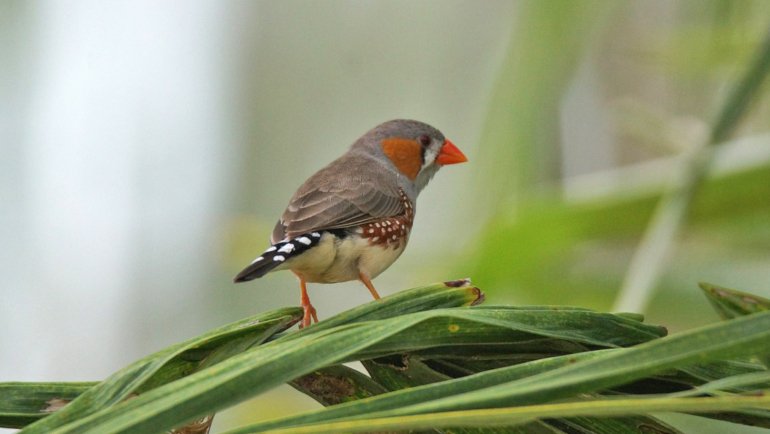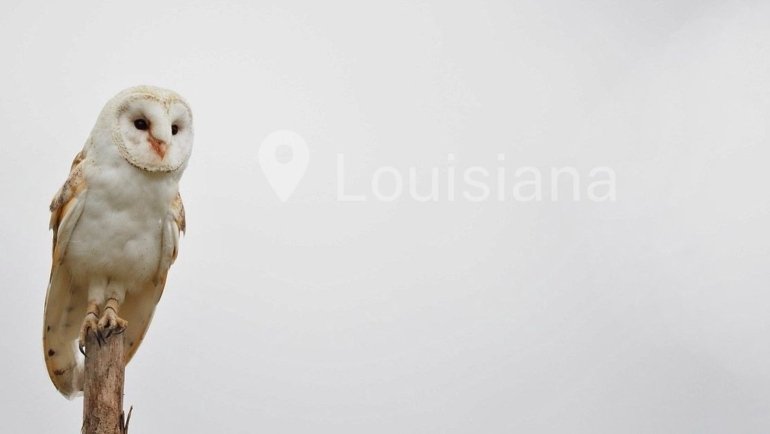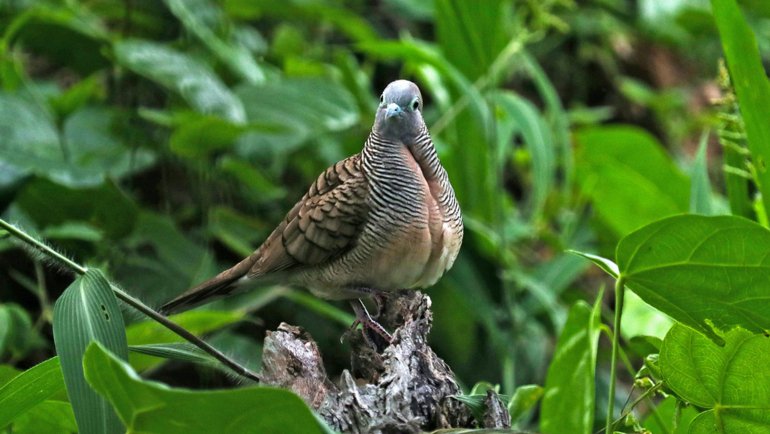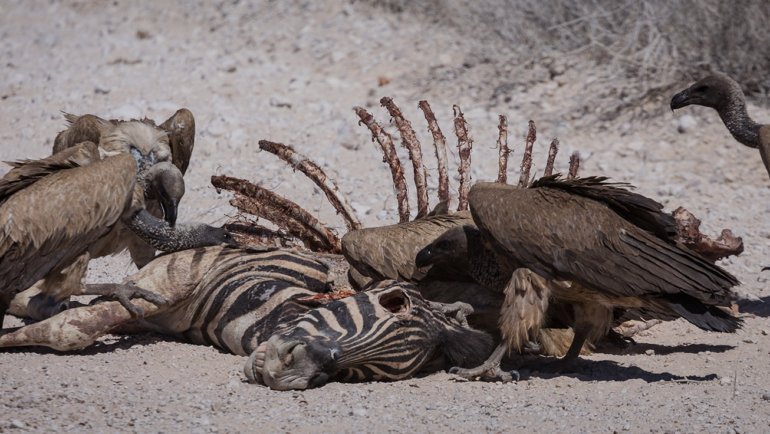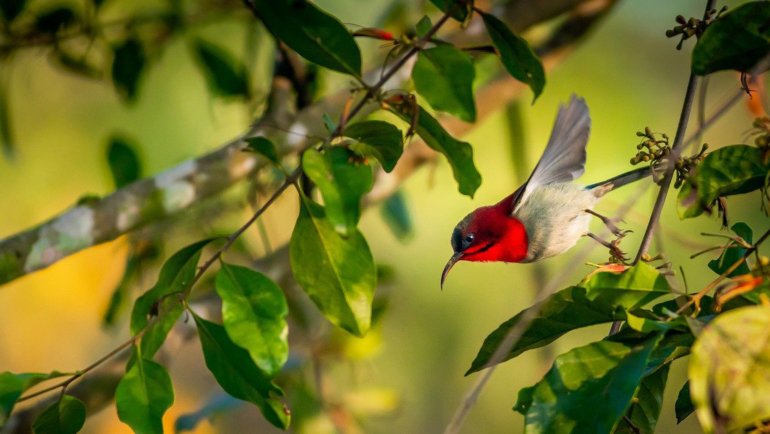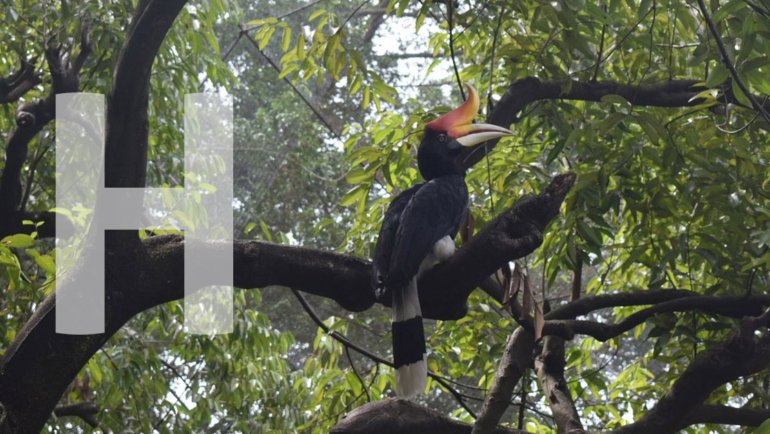Albatrosses, known for their immense wingspans and long-distance flights, are one of the most iconic bird species inhabiting the Earth’s polar regions. Their graceful gliding and soaring flight patterns have fascinated humans for centuries.
These birds are truly maritime, spending most of their lives at sea, touching land only to breed and raise their young.
This article delves into the fascinating world of albatrosses, revealing intriguing facts about their lifestyle, behavior, and conservation status.
The Albatross at a Glance
Classification
| Kingdom: | Animalia |
| Phylum: | Chordata |
| Class: | Aves (Birds) |
| Order: | Procellariiformes |
| Family: | Diomedeidae |
| Genus: | [4 genera] |
| Species: | [13 to 24 species, depending on the source] |
Essential Information
| Average Size: | Wingspan 6-11 feet (1.8 – 3.4 meters) |
| Average Weight: | 6.4 – 26 lbs (2.9 – 11.8 kg) |
| Average Lifespan: | Up to 50 years in the wild |
| Geographical Range: | Majority of species are found in Southern Ocean, a few inhabit the Northern Pacific Ocean |
| Conservation Status: | Varies by species, from Least Concern to Critically Endangered (IUCN Red List) |
Species and Subspecies
Albatrosses are divided into 13 species across four genera:
- Diomedea (great albatrosses)
- Thalassarche (mollymawks)
- Phoebastria (North Pacific albatrosses)
- Phoebetria (sooty albatrosses)
The great albatrosses, including the wandering albatross and royal albatross, have the largest wingspans, reaching up to 11 feet. Mollymawks are medium-sized albatrosses and include species like the grey-headed albatross and black-browed albatross.
The North Pacific albatrosses, including the waved albatross and short-tailed albatross, are found in the Northern Hemisphere. The sooty albatrosses, as the name suggests, have a dark or sooty coloration.

Description
Albatrosses are large seabirds known for their long, narrow wings, hooked bills, and webbed feet. Their wings are adapted for dynamic soaring, a flight technique that enables them to travel vast distances with minimal effort.
Adult albatrosses are predominantly white, with varying degrees of black or dark grey on their wings and back. The bill color varies by species, ranging from pale yellow to bright orange.
Both sexes are similar in appearance, although males may be slightly larger in some species.
Habitat and Distribution
Albatrosses are pelagic birds, meaning they spend most of their lives out at sea. They favor the cold, nutrient-rich waters of the Southern Ocean and the North Pacific Ocean.
Albatrosses only come to land to breed and nest, favoring remote, windswept islands free from land predators. The exact distribution range varies by species, with some traveling extensively between the polar and tropical regions.

Behavior
Albatrosses are diurnal birds, active during the day when their primary food sources are more readily available. However, some species, particularly those that feed on squid, also forage at night.
They are solitary when out at sea but breed in large, densely packed colonies on land. Albatrosses communicate using a variety of complex visual and auditory signals.
During courtship, they perform elaborate mating dances involving synchronized movements and calls. These dances can also include bill-clacking, head-nodding, and sky-pointing, among other moves.
Diet and Feeding Behavior
Albatrosses are carnivores, and their diet is mainly composed of fish, squid, and krill, although they are also known to consume other marine invertebrates and carrion.
They locate their prey from the air, often following ships or large marine mammals to feed on the leftovers they leave behind. Once they spot their prey, albatrosses plunge into the water from the air or surface-seize their food. Albatrosses can also consume food from the water’s surface while floating.
Predators
Adult albatrosses have few natural predators at sea due to their large size. However, their eggs and chicks are vulnerable to predation on land. Natural predators vary by location and species but can include skuas, caracaras, rats, cats, and foxes.
In some cases, other larger bird species, such as petrels and eagles, may predate on young albatrosses. Predation risk is one of the reasons albatrosses prefer to breed on remote, predator-free islands.
Human activities, such as overfishing and climate change, also pose significant threats to albatross populations.

Reproduction and Life Cycle
Albatrosses are known for their long-term monogamous relationships, often remaining with one partner for life. Courtship involves elaborate dances, and the bond between the pair strengthens over the years. Breeding frequency depends on the species, with some breeding every year and others breeding every two years.
The female typically lays a single egg, and both parents share the responsibility of incubating it. The incubation period varies among species, but it is typically around two months.
Once hatched, chicks are semi-altricial, meaning they are born in an undeveloped state but are still able to move around. Both parents take turns feeding the chick until it fledges, a process that can take up to 9 months, making it one of the longest periods for any bird species.
Once fledged, the young albatross spends several years at sea before returning to its natal colony to find a mate and breed.
Conservation and Threats
The IUCN Red List categorizes several albatross species as critically endangered, endangered, or vulnerable due to their declining population trend. The primary threats to albatross populations include longline and trawl fishing, where birds get caught on hooks and drown, invasive species at breeding colonies, plastic pollution, and climate change.
Several conservation efforts are in place to protect and preserve these majestic birds. These include fishing modifications to prevent bycatch, eradication of invasive species at breeding sites, and ongoing monitoring and research.
For example, the Agreement on the Conservation of Albatrosses and Petrels (ACAP) is an international agreement that includes measures to mitigate threats to albatrosses and petrels, particularly bycatch in fisheries.
The public can help these efforts by supporting seabird-friendly seafood choices, reducing the use of plastics, and supporting conservation organizations.
Fun Facts
- Albatrosses possess the largest wingspan of any living bird, with some individuals of the wandering albatross species reaching up to 11 feet (3.4 meters).
- They are known for their extraordinary flying abilities, often gliding for hours without flapping their wings, using dynamic soaring techniques to take advantage of wind currents.
- The lifespan of an albatross is among the longest in birds. They can live for over 50 years in the wild. The oldest known wild bird in the world is a Laysan albatross named Wisdom, who is over 70 years old.
- Albatrosses have a unique system of facial tubes around their bill that excretes high salt concentrations from their diet, allowing them to drink seawater.
- Most species of albatross perform intricate and synchronized mating dances, which include bill clacking, sky pointing, and wing displays. This dance helps them choose a mate with whom they often stay for life.
Frequently Asked Questions
Why do albatrosses have long wings?
The long wings of the albatross are an adaptation for dynamic soaring, a flight method that minimizes energy use. They exploit the vertical gradient of wind speed near the ocean surface to travel long distances without needing to frequently flap their wings.
How do albatrosses sleep?
Albatrosses can sleep while flying! They have the ability to use one hemisphere of their brain for sleep while the other half remains alert to control flight and look out for predators.
What do albatrosses eat?
Albatrosses are carnivorous and have a diet mainly consisting of squid, fish, and krill. They often scavenge the ocean surface, but they are also capable of diving underwater to catch prey.
Do albatrosses mate for life?
Yes, most albatrosses are monogamous and will stay with the same partner for life. They perform an elaborate courtship dance which strengthens their bond.
Why are many albatross species endangered?
The primary threats to albatrosses are longline and trawl fishing, invasive species, plastic pollution, and climate change. These factors have caused many albatross species to become endangered or critically endangered.
